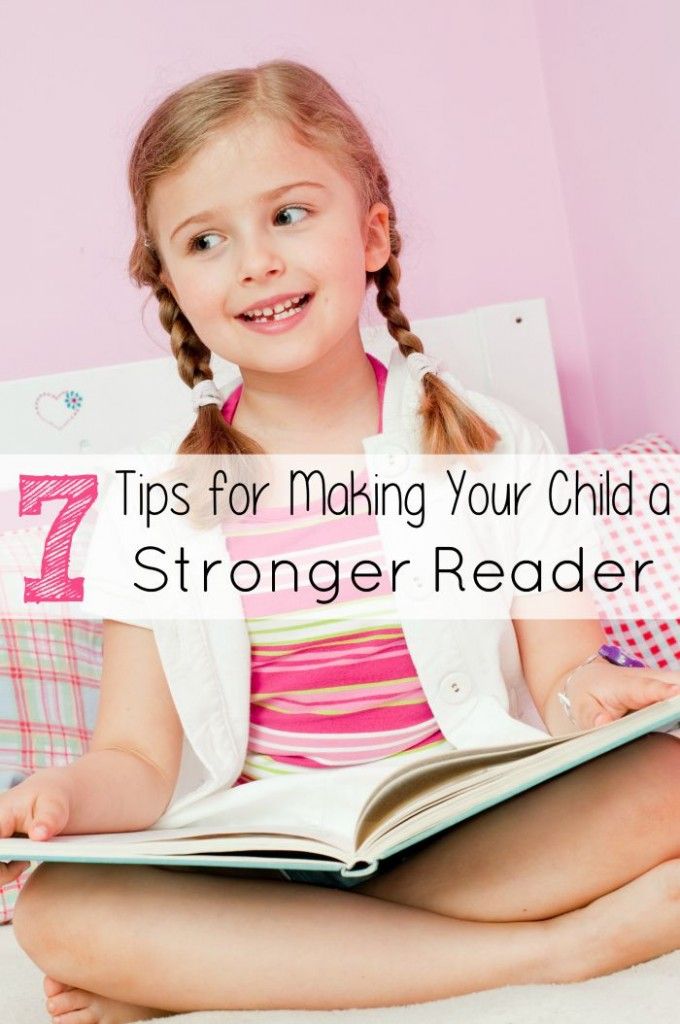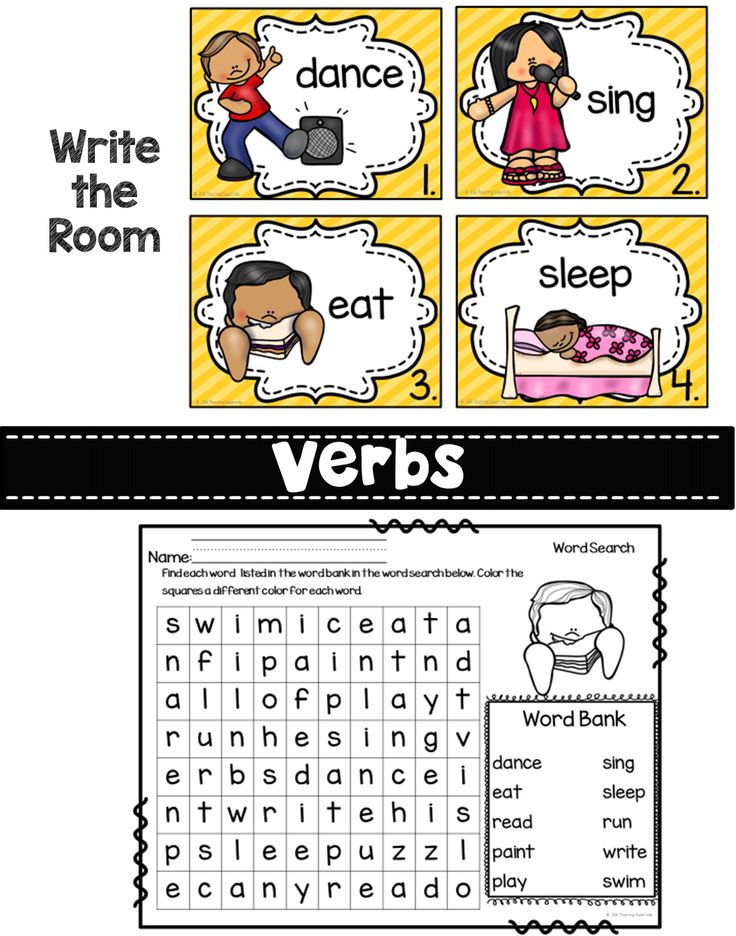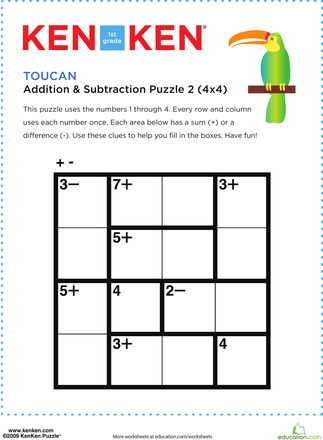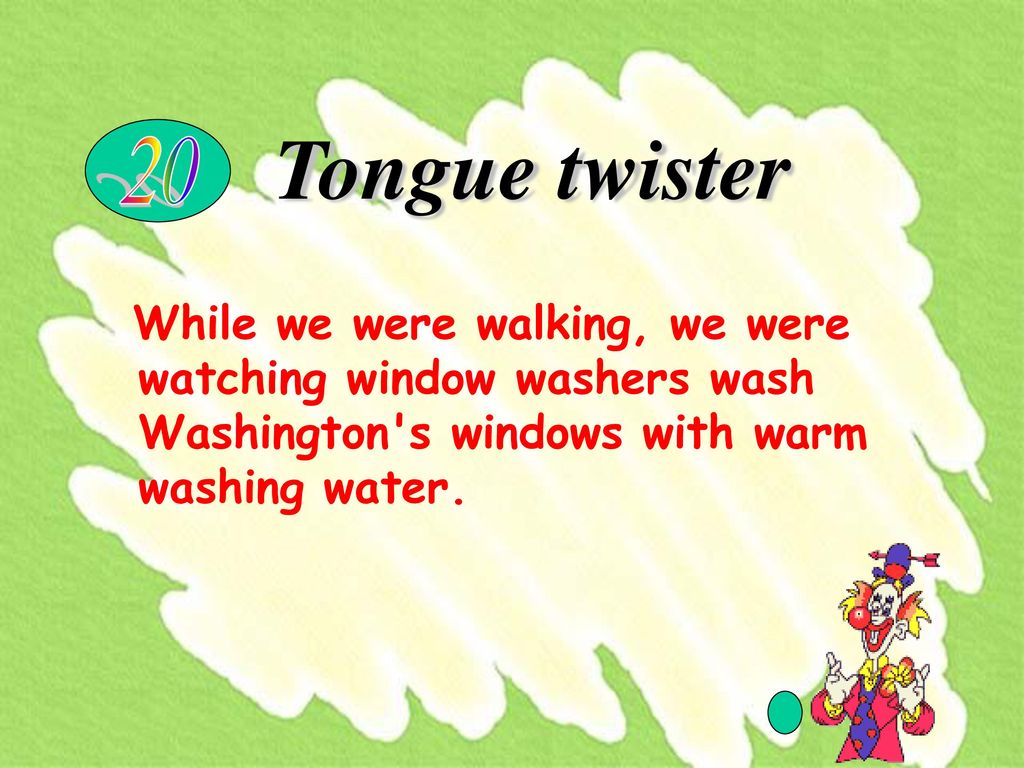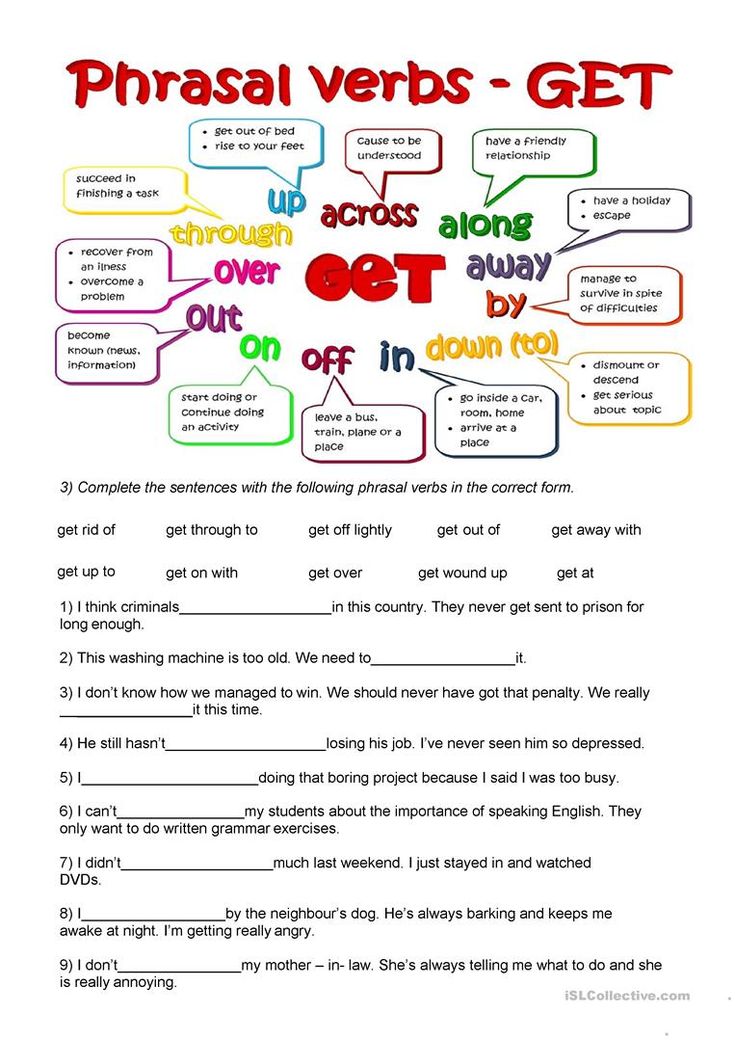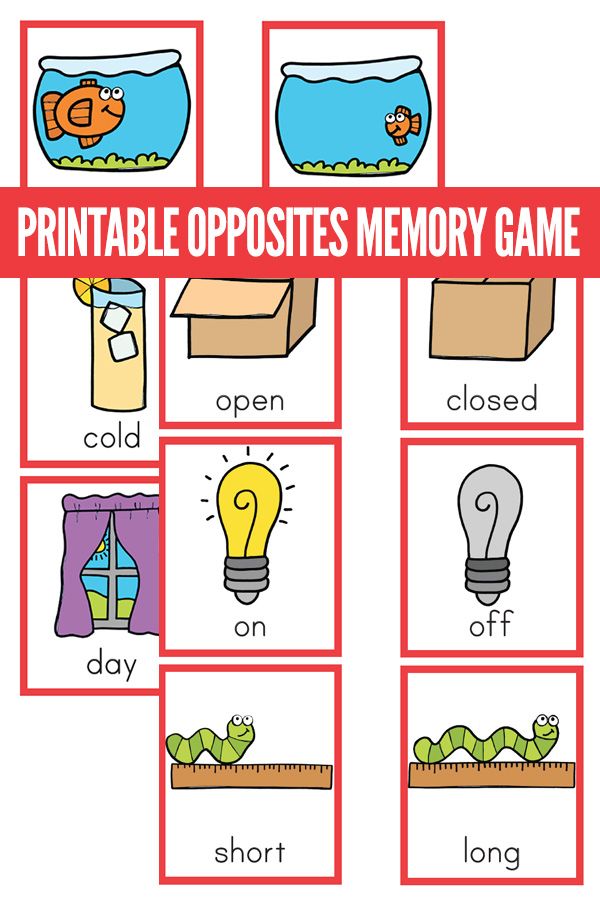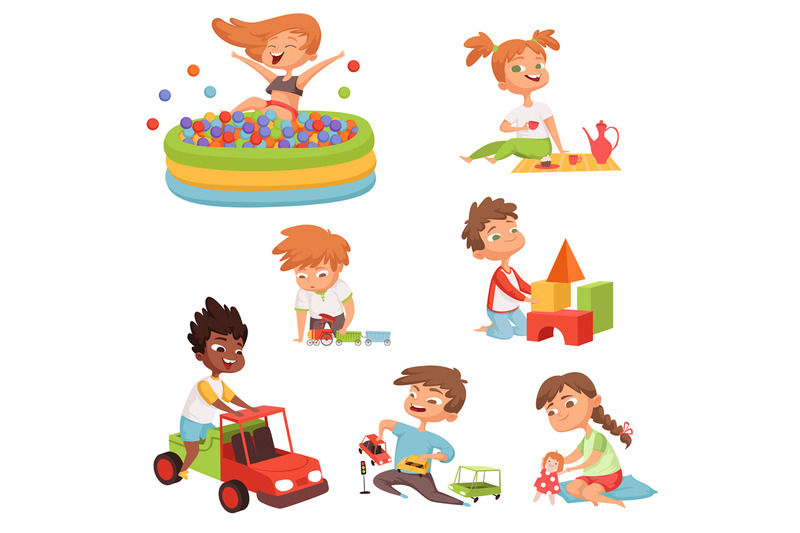Tips for reading with your child
Fun and Effective Ways to Read With Children
On this page
- Reading to 0-3 year olds
- Reading with preschoolers
- Reading with elementary school kids
Experts believe that reading to your child every day is one of the most important things parents can do.
Here are ideas for using this reading time to build your child's literacy skills while keeping it fun for both of you. Click below for ideas if your child is:
- 0-3 years old
- in preschool, Head Start, or day care
- in elementary school
If you are more comfortable with Spanish, then please read to your child in Spanish. This will not delay his or her learning of English.
For a list of great books to read with your child, see the Books & Authors section. It also has information on how to borrow books from the public library for free.
Reading to 0-3 year olds
Make reading a part of every day
Try to read to your child for at least 15 minutes each day. Bedtime is an especially good time to read together. You can read in Spanish or English.
Hold your child while you read
Sit with your child on your lap as you read. Let him or her hold the book and help turn the pages.
Read with fun in your voice
Use your face, body, and voice to make reading fun. Use different voices for different characters.
Know when to stop
If your child loses interest or has trouble paying attention, just put the book away for a while. A few minutes of reading is ok. Don't continue reading if your child is not enjoying it. With practice, your child will be able to sit and listen for a longer time.
Talk about the pictures
Point to the pages and talk about the pictures in the book. Ask your child to look at the pictures for clues to what the story is about.
Show your child the words
As you read the book, run your finger along the bottom of the words. Soon your child will realize it is the words that are read and not the pictures.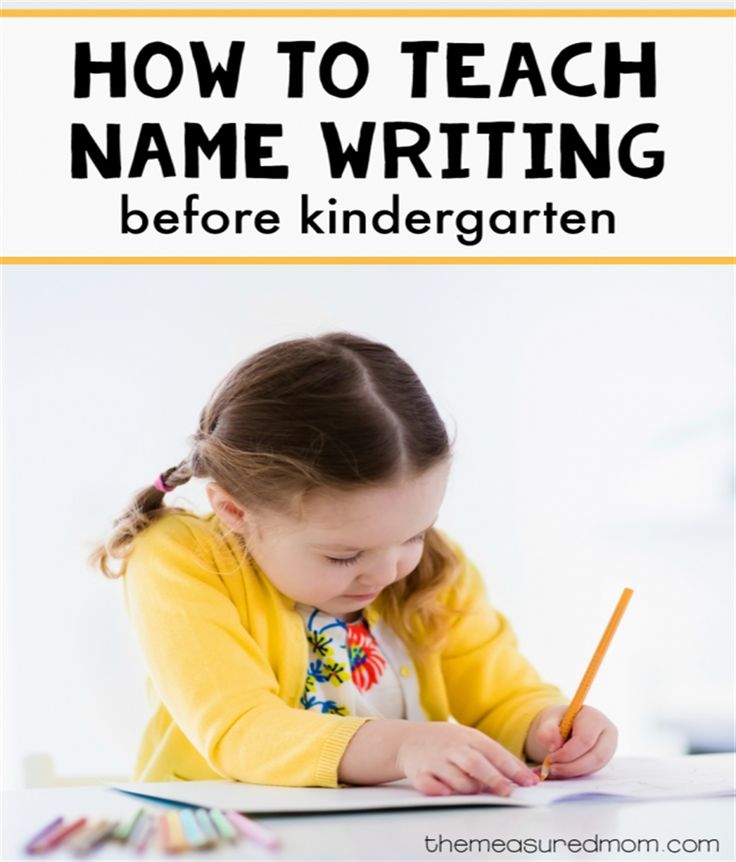 If you're reading a book in Spanish, feel free to let your child know the English version of a word. Say something like "Perro is called dog in English."
If you're reading a book in Spanish, feel free to let your child know the English version of a word. Say something like "Perro is called dog in English."
Reading with preschoolers
Say how much you enjoy reading together
Tell your child how much you enjoy reading with him or her. Talk about "story time" as the favorite part of your day.
Surround your child with books
Try to have books in your home for your child to read. Books from a bookstore can be expensive, but there are places where you can get inexpensive books, such as second hand bookstores, garage sales, thrift shops, and library book sales. And of course, borrowing books from the library is free!
Let your child choose
Let your child pick out his or her own books. Letting your child read what interests him or her is one way that reading becomes fun.
Make reading special
Do things that will make books and reading seem special. Help your child get his or her own library card, buy books and books-on-tape as gifts, and use books as rewards.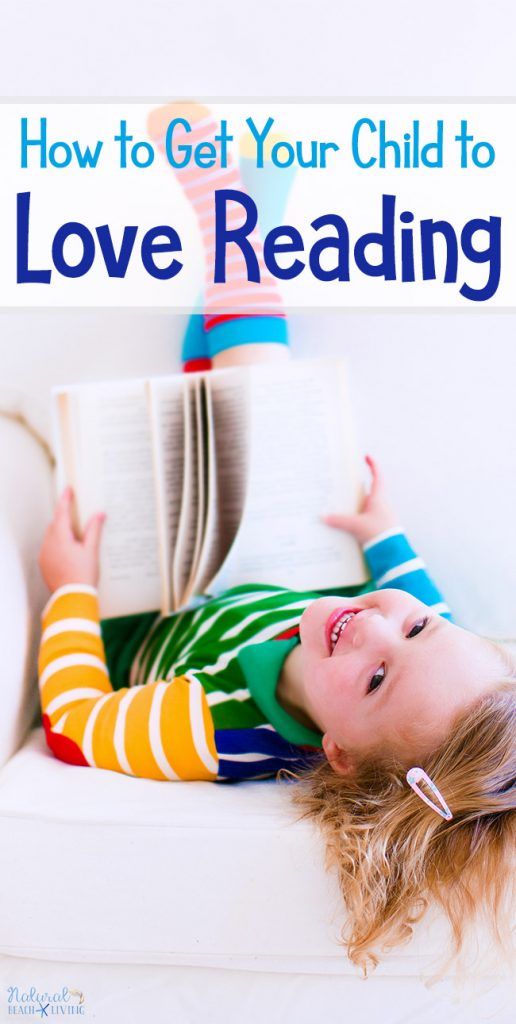
Show your child the parts of a book
Look at the cover of the book. Talk about what the book might be about. Look at the page numbers. Tell your child who the author is and who the illustrator is.
Show how we read words on a page
Point out how we read words on a page from left to right and from top to bottom. Explain that words are separated by spaces.
Ask your child questions
Discuss what's happening in the story and point out things on the page. Ask your child questions such as: "What do you think will happen next?" or "What is this?"
Let your child ask you questions
If your child asks a question, stop and answer even if it interrupts the story. Find ways to talk about how the story relates to your child's life.
Read it again and again
Your child may want to hear a favorite story over and over. Go ahead and read the same book for the 100th time! This is beneficial for your child.
Let your child tell you the story
Many children memorize stories they've heard many times.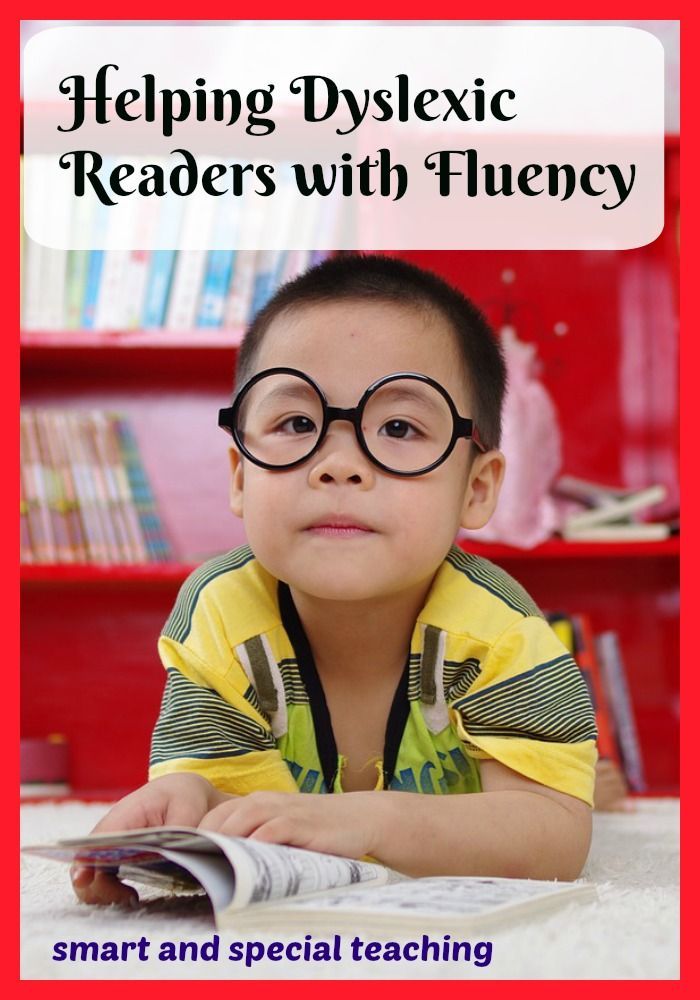 Let your child take a turn "reading" the book to you.
Let your child take a turn "reading" the book to you.
Talk about punctuation
Explain that punctuation is a way to show how we talk. You can say, for example, "When we talk, we usually pause a little bit at the end of a sentence. The way we show this in writing is to use a period."
Use books on tape
If you don't know English and would like for your child to hear stories in English, you can borrow books from the library that have audiocassettes, or CDs. Your child can listen to a story being read on tape as he or she follows along in the book. Or use computer programs such as Just Grandma and Me that highlight words on the screen as a voice speaks. Children can choose to hear the story and play the games in English, French, German, or Spanish.
Reading with elementary school kids
Encourage your child to read another one
Find ways to encourage your child to keep reading. If he or she likes one book, find another book with a similar subject or by the same author. Ask a librarian or teacher for book suggestions.
Ask a librarian or teacher for book suggestions.
Take turns reading
Once your child can read, have him or her read aloud to you every day. You can take turns – you read one page and your child the next.
Make connections to your child's life
Help your child make connections between what he or she reads in books and what happens in life. If you're reading a book about a family, for example, talk about how what happens in the story is the same or different from what happens in your family.
Give your child an incentive to read
At bedtime, encourage your child to read. Offer a choice between reading or sleeping. Most kids will choose to read, as long as you don't offer something more tempting (like TV).
Try different types of books and magazines
Encourage your child to read different types of books, articles, or stories. Some kids, especially boys, prefer nonfiction books. Others like children's magazines.
Turn on the closed captioning on your television
When watching a television show with your child, try turning on the closed captioning channel.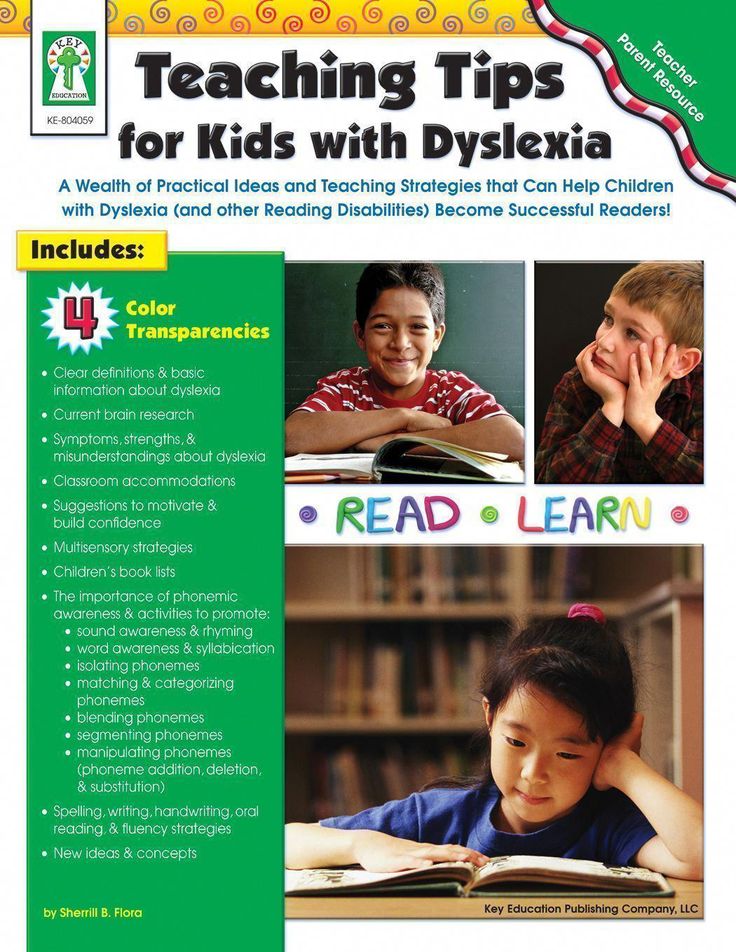 This shows the words the characters are speaking on the television screen. Some people find it's a good way to learn English!
This shows the words the characters are speaking on the television screen. Some people find it's a good way to learn English!
Reprints
You are welcome to print copies or republish materials for non-commercial use as long as credit is given to Colorín Colorado and the author(s). For commercial use, please contact [email protected].
Major support provided by our founding partner, the American Federation of Teachers, AFL-CIO.
With generous support provided by the National Education Association.
ADVERTISEMENT
Most Popular
Language Objectives: The Key to Effective Content Area Instruction for English Learners
8 Strategies for Building Relationships with ELLs
Supporting ELLs in the Mainstream Classroom: 12 Strategies for Language Instruction
Using Cognates to Develop Comprehension in English
Tweets by @ColorinColorado
Reading Tips for Parents of First Graders
By: Reading Rockets
Give your child lots of opportunities to read aloud.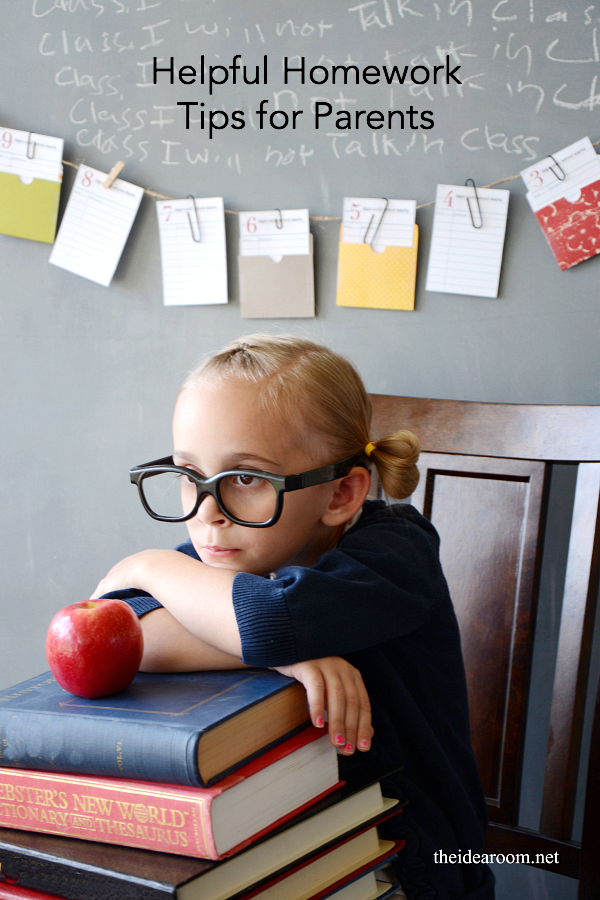 Inspire your young reader to practice every day! The tips below offer some fun ways you can help your child become a happy and confident reader. Try a new tip each week. See what works best for your child.
Inspire your young reader to practice every day! The tips below offer some fun ways you can help your child become a happy and confident reader. Try a new tip each week. See what works best for your child.
These tips for parents of first graders are also available to download and print:
Don’t leave home without it
Bring along a book or magazine any time your child has to wait, such as at a doctor's office. Always try to fit in reading!
Once is not enough
Encourage your child to re-read favorite books and poems. Re-reading helps kids read more quickly and accurately.
Dig deeper into the story
Ask your child questions about the story you've just read. Say something like, "Why do you think Clifford did that?"
Take control of the television
It's difficult for reading to compete with TV and video games. Encourage reading as a free-time activity.
Be patient
When your child is trying to sound out an unfamiliar word, give him or her time to do so. Remind to child to look closely at the first letter or letters of the word.
Remind to child to look closely at the first letter or letters of the word.
Pick books that are at the right level
Help your child pick books that are not too difficult. The aim is to give your child lots of successful reading experiences.
Play word games
Have your child sound out the word as you change it from mat to fat to sat; from sat to sag to sap; and from sap to sip.
I read to you, you read to me
Take turns reading aloud at bedtime. Kids enjoy this special time with their parents.
Gently correct your young reader
When your child makes a mistake, gently point out the letters he or she overlooked or read incorrectly. Many beginning readers will guess wildly at a word based on its first letter.
Talk, talk, talk!
Talk with your child every day about school and things going on around the house. Sprinkle some interesting words into the conversation, and build on words you've talked about in the past.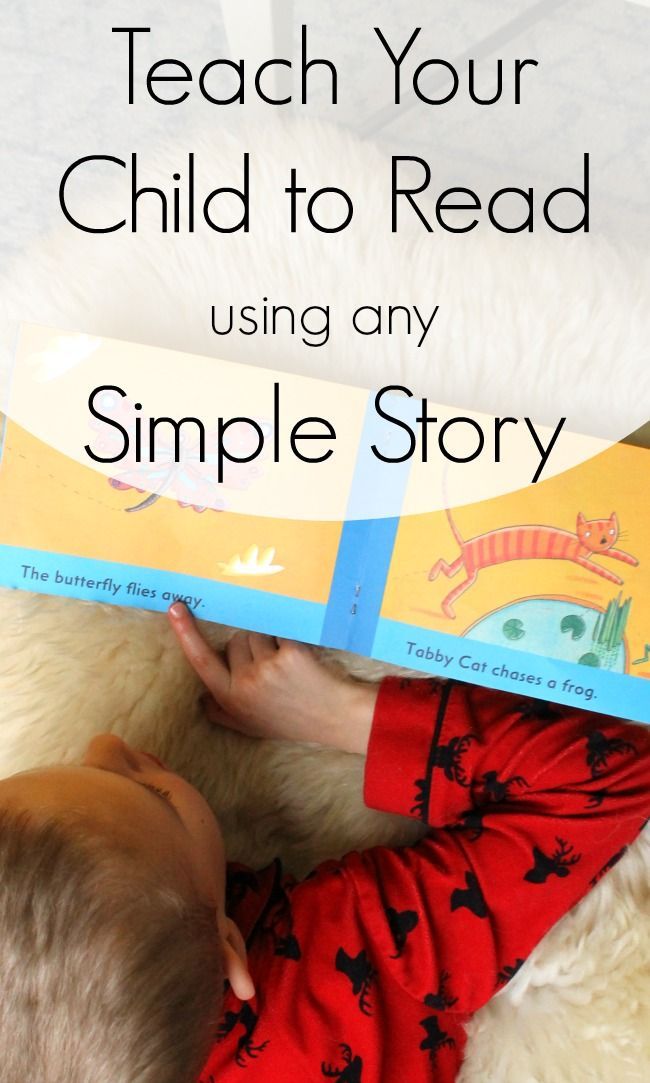
Write, write, write!
Ask your child to help you write out the grocery list, a thank you note to Grandma, or to keep a journal of special things that happen at home. When writing, encourage your child to use the letter and sound patterns he is learning at school.
Reading tips in other languages
A downloadable handout, for parents of babies, toddlers, and children in preschool to grade 3, is available in the following languages:
Reading tips for parents of…
Reading Rockets (2021)
Reprints
You are welcome to print copies or republish materials for non-commercial use as long as credit is given to Reading Rockets and the author(s). For commercial use, please contact [email protected]
Related Topics
Background Knowledge
Early Literacy Development
Fluency
Motivation
Oral Language
Phonological and Phonemic Awareness
Reading Aloud
Writing
New and Popular
100 Children’s Authors and Illustrators Everyone Should Know
A New Model for Teaching High-Frequency Words
7 Great Ways to Encourage Your Child's Writing
All Kinds of Readers: A Guide to Creating Inclusive Literacy Celebrations for Kids with Learning and Attention Issues
Screening, Diagnosing, and Progress Monitoring for Fluency: The Details
Phonemic Activities for the Preschool or Elementary Classroom
Our Literacy Blogs
Comprehension Instruction That Really Helps — Teaching Cohesion
Kids and educational media
Meet Ali Kamanda and Jorge Redmond, authors of Black Boy, Black Boy: Celebrating the Power of You
Get Widget |
Subscribe
15 ways to get your child excited about reading
At what age should a child start reading? How not to turn reading into a tedious task, but, on the contrary, to show that a good book is a source of real pleasure? This is an excerpt from the best-selling journalist Jason Boog "Born to Read: How to make a child friends with a book" ("Alpina. Children").
Children").
1. Read together . Together with your child, get acquainted with a book, computer application, electronic or audio book - any carrier of a literary text. Scientists call such activities joint play activities. A child should not spend too much time alone fussing with a digital device. You should definitely play and read together every day.
How to start communication : « Shall we read together? Show me how to cook something with this app" .
2. Ask as many questions as possible. Questions are the basis of interactive reading, and even a child who has not yet learned to speak can ask them. Don't forget to ask your child questions before, during and after reading.
How to start communication: « Where did the rabbit go? What color is this flower?
3. Discuss the details of the book. Show the illustrations you like best, name the colors, animals, people and feelings of the characters on each page. At first, the child will not be able to join you, but as they grow older, they will learn from you to turn reading into an interactive process.
Show the illustrations you like best, name the colors, animals, people and feelings of the characters on each page. At first, the child will not be able to join you, but as they grow older, they will learn from you to turn reading into an interactive process.
How to start communication : « This car is red. Do you see anything else red? Do you want to count the animals?
4. Act out the story in faces . Imitate the sounds of sweeping when you see a broom in the picture, or pretend that you want to eat the food drawn. This will help your child make connections between concepts and words, which is the cornerstone of interactive reading.
How to start communication: « Then the caterpillar ate one ... And then she saw someone - who?"
5. Help your child identify with the characters in the book. Start by discussing simple emotions. With age, this ability of the child will improve, and you will be able to ask more complex questions.
With age, this ability of the child will improve, and you will be able to ask more complex questions.
How to start communication: « The squirrel wants to sleep - stroke her on the head. Have you ever experienced as much as this baby?"
6. Praise your child while reading. Reward his simplest responses, give him a hug when you finish reading, and praise him for choosing good books or computer applications.
How to start communication: « I am so glad that you chose this book. How well did you navigate the iPad!”
7. Share your opinion about the book. If the child liked the story, ask why. If he fidgets while reading an e-book, ask why. All this will make your reading together more fun.
How to start communication: « Did you enjoy reading this book? Why do you want us to read it again?"
8. Read to your child about things he loves. If your child liked the panda story, ask the library for other books about this animal. Read your child's favorite books, use computer applications, videos, and online resources to help your child learn more about a subject that interests them.
Read to your child about things he loves. If your child liked the panda story, ask the library for other books about this animal. Read your child's favorite books, use computer applications, videos, and online resources to help your child learn more about a subject that interests them.
How to start a conversation: « Want to read more about the panda bear? Let's ask the librarian to give us books about pandas" .
9. Stop reading to discuss what you read. Adults are constantly in a hurry to get to the end of a book or appendix in order to finish this business as soon as possible, but stopping for discussion is absolutely necessary so that the child understands what is read well and comprehensively.
How to start communication: « Would you like to pause and take a good look at this mountain? Maybe we should stop and talk about what happened in the book?”
10.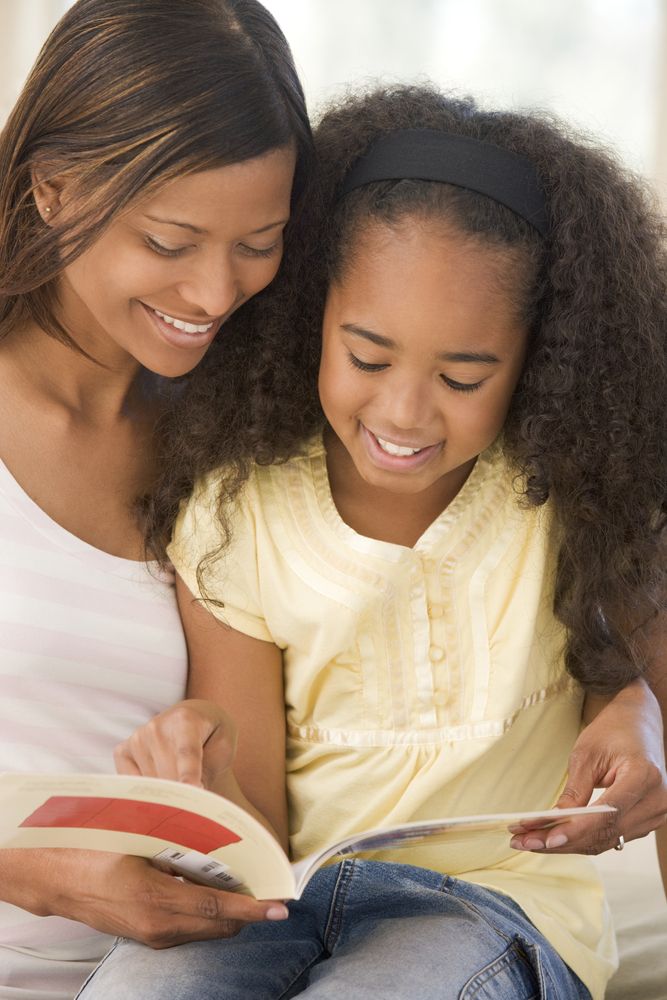 Make guesses about the further development of the plot. Such questions give the child the feeling that you yourself are telling him a story and deepen his understanding of what he has read. Children's books are ideal material for this, as they have simple plots with funny twists. Questions of this kind can be the beginning of a detailed discussion, and the habit of asking them lasts a lifetime. I still have fun with this game when I watch movies.
Make guesses about the further development of the plot. Such questions give the child the feeling that you yourself are telling him a story and deepen his understanding of what he has read. Children's books are ideal material for this, as they have simple plots with funny twists. Questions of this kind can be the beginning of a detailed discussion, and the habit of asking them lasts a lifetime. I still have fun with this game when I watch movies.
How to start communication: « Who do you think will win the races? What do you think is hidden in the box?”
11. Maintain a dialogue. When you have finished reading or listening to the book supplement, continue discussing the story. Look for parallels in real life and don't stop asking questions.
How to start communication: « What if we now look at pictures of porcupines? Do you remember what an accordion is? «
12. Expand your child's knowledge. Scientists call this technique "developmental education", and to use it, sometimes it is enough just to read to a child. After all, he still doesn't know how to read! As often as possible, choose books to read on topics that are new to the baby.
Expand your child's knowledge. Scientists call this technique "developmental education", and to use it, sometimes it is enough just to read to a child. After all, he still doesn't know how to read! As often as possible, choose books to read on topics that are new to the baby.
How to start a conversation: « Do you know why this car won't start? Do you want me to tell you how she made the soup?”
13. Show your child the world outside of his immediate « environment « . Growing up in rural Michigan, this has become a life necessity. Before I saw France, New York, Guatemala or the Pacific Ocean with my own eyes, all these wonders were revealed to me on the pages of books. Remember to choose books to read about a wide variety of places, cultures, and events, and if your child particularly enjoys something, maintain and deepen their interest.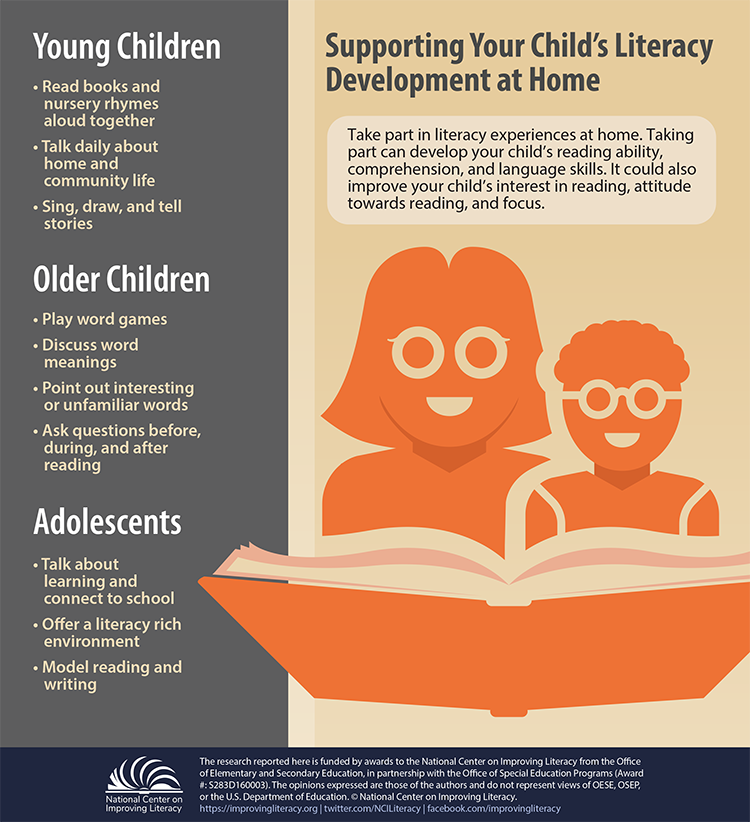
How to start communication: « Do you want to know what Antarctica is? Show you on a map where France is?
14. Match the plot to the real experience . Help your child to draw an analogy between the events of the book and what interests him greatly in real life. This is how people gain an understanding of the world in which they live. The ability to relate the content of a book or computer application to reality is crucial.
How to start a conversation: « Did you see this animal at the zoo? Were you terribly upset when we left the park too?”
15. Encourage your child to retell favorite stories . I love it when Olive retells her favorite books to me over breakfast. There's no better way to increase the impact of what you've read and develop your child's storytelling skills!
How to start a conversation : « Can you read this book to your little bear? What happened when Baby Elephant dropped his ice cream?
Interesting read! Jason Boog: Born to Read: How to Befriend a Child with a Book
Did you know that when a child is regularly read aloud - not monotonously and boringly, for show, but by acting out skits and asking interesting questions about the plot - this helps to increase the child's IQ? The author of the book studied a huge amount of research, collected the opinions of child development experts, systematized them and talked about his experience: how he himself read to his daughter Olive and what interactive reading techniques he used to interest and inspire her.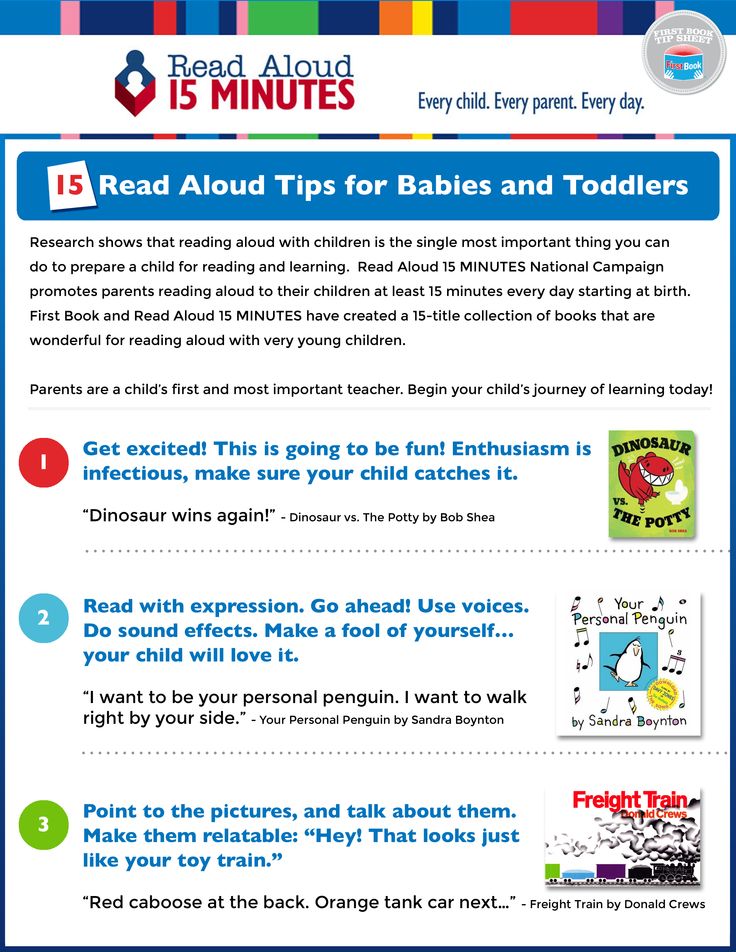 His advice will surely come in handy for many parents!
His advice will surely come in handy for many parents!
See also:
Why is reading comics so good for children?
Why is it so important to read aloud to a child
My child has dyslexia. Will he be a doppelgänger?
Photo: FamVeld, didesign021, Africa Studio/Shutterstock.com
developmentpsychology
How to get your child to read: 13 tips for parents
Many parents face a problem: children flatly refuse to pick up a book. Teaching a child to read is half the task. It is important to instill love so that reading is not a necessity, but a pleasant and interesting activity. Based on research by neuropsychologists and educators, we have compiled a list of tips to help your son or daughter become interested in fairy-tale worlds and stories at an early age. To then take up useful literature with interest and with pleasure - for a new novel.
1. Lead by example
In such a responsible matter as education, one's own example is important. It's one thing - a family in which parents spend evenings with a book or a newspaper, but quite another - when dad can't tear himself away from the computer, and mom doesn't miss a single series. It is quite natural that a small child will not reach for a primer or a picture book if there is a tablet or smartphone with toys. So what to do? Read for yourself! A small child, looking at your interested face, furrowed brow or happy smile while reading, will understand that you know some secret. Surely he will want to join the sacrament.
It's one thing - a family in which parents spend evenings with a book or a newspaper, but quite another - when dad can't tear himself away from the computer, and mom doesn't miss a single series. It is quite natural that a small child will not reach for a primer or a picture book if there is a tablet or smartphone with toys. So what to do? Read for yourself! A small child, looking at your interested face, furrowed brow or happy smile while reading, will understand that you know some secret. Surely he will want to join the sacrament.
2. Explain the value of
Emphasize from your child's early years that a book is a value, not just paper and text wrapped in a colored cover. Do not throw away or scatter books. A book is not a toy, and even more so, children should not be allowed to tear the pages or draw on them. Every home should have a bookcase, and if you no longer need some books, you can donate them to the library or give them to friends.
3.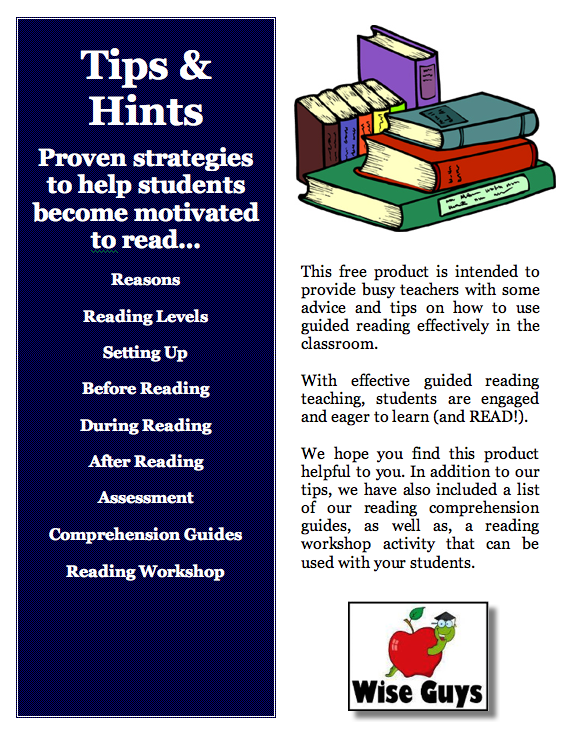 Read aloud
Read aloud
Start by reading aloud - only in this way can a child learn to read by pronouncing sounds and gradually understanding the relationships of letters, syllables and words. Children love it when their parents role-play fairy tales, and then they themselves are drawn into the reading process. This brings together and is associated with the most pleasant and interesting pastime. But don't become a slave to reading - pass the initiative. A child can read to you, a grandmother, a favorite toy or a cat - it is not difficult to find a listener.
4. Praise
Yes, do not forget to praise reading with expression, when the child pronounces difficult words correctly and does not rush. A gentle touch, praise, encouragement with a chocolate or a toy will do the trick. The child will understand that reading is not so difficult, that he succeeds, that he can achieve even better results.
5. Interrupt
A technique that helps increase interest in the story and understand how important it is to be able to read.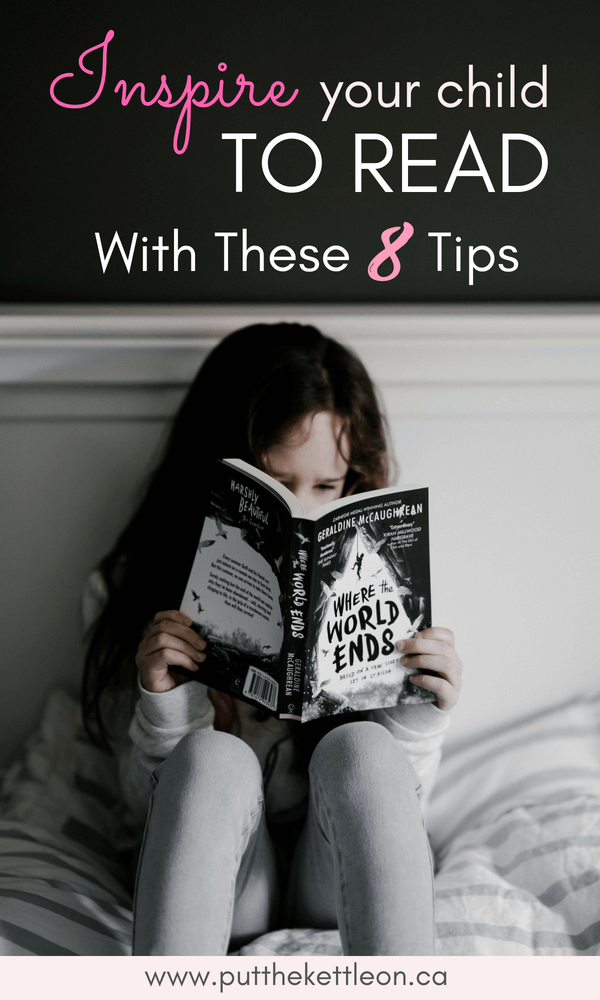 It's simple: when reading a book, stop at the most interesting place. Pretend that you remembered something and cannot continue until you write down an important thought. The child will not wait long - he is interested in continuing! If he already knows how to read, although he does it reluctantly, then he will take the book and finish it for you. Or he will understand that you will not always be able to read your favorite fairy tales to him, but reading yourself, in general, is still worth learning.
It's simple: when reading a book, stop at the most interesting place. Pretend that you remembered something and cannot continue until you write down an important thought. The child will not wait long - he is interested in continuing! If he already knows how to read, although he does it reluctantly, then he will take the book and finish it for you. Or he will understand that you will not always be able to read your favorite fairy tales to him, but reading yourself, in general, is still worth learning.
6. Visualize
A verse, a fairy tale, a story can not only be acted out in faces, but also displayed in a drawing, symbols and diagram, and a plan drawn up. So the child will understand the text more clearly, since you will rely on key words and phrases. And remembering the “drawn” verse is much easier. In addition to the “here and now” fantasy, this method develops the imagination, which will be very useful in the future - at school lessons, at work, in difficult life situations.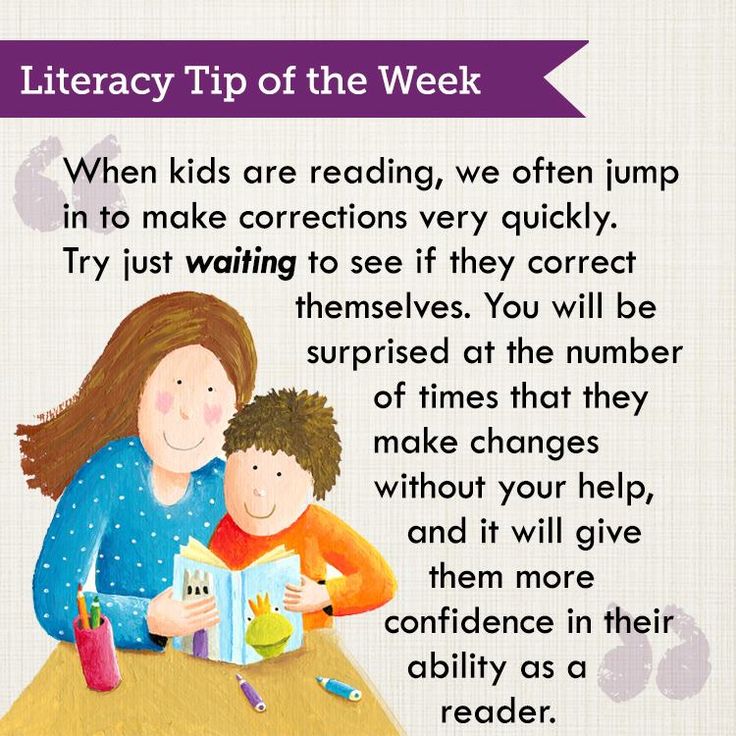
7. Play
If your child sees a cupboard as an ark and a bread bagel as a car steering wheel, it will be easier for him to start reading and love reading as an interesting game. Some children have difficulty learning to read due to their developmental characteristics. This is primarily due to the lack of games at an early age. Reading is also a game, because it turns on the imagination. Reading without the ability to imagine objects and events is meaningless. And if the child cannot imagine and understand, he will be bored.
8. Develop your imagination
Clients of neuropsychologists are children with impaired perception, attention, memory and logical thinking. Without all this it is difficult to fall in love with reading. But it is possible to help such children, of which there are a lot. For this, special educational games have been developed. Giving them at least 20 minutes a day, you can achieve great success in reading! Games tied to guessing letters, intonations, tongue twisters, associations will not seem like boring lessons, you will want to return to them again and again.
9. Show the world
A person who has never heard the singing of birds, who has not felt the breath of the wind and who has not plunged into sea waters, will not be able to imagine this. Some children literally grow up in greenhouse conditions: they rarely walk, move little, do not communicate with peers and do not experience new emotions. That is, they do not receive life experience. It is difficult for such children to fantasize. Bumping into descriptions and phenomena that they have not seen in life, they let them past their eyes and souls - they do not understand the meaning, they are not interested. Therefore, it is extremely important not only to spend time with a book, but also to show the child new pictures of the world. Discuss, pay attention to phenomena, touch objects, ask questions (“Look, this is a seagull. Why do you think it flies so low?”).
10. Take your time
It takes a long time to teach a child to read. If he fails, he has no desire, he protests - it will take even more time. Don't rely on teachers, you can do just as well! The authority for your child is yourself, and you have the opportunity to get closer, to transfer your knowledge and skills, habits, love for certain books, authors and publishers to him. Don't neglect it.
If he fails, he has no desire, he protests - it will take even more time. Don't rely on teachers, you can do just as well! The authority for your child is yourself, and you have the opportunity to get closer, to transfer your knowledge and skills, habits, love for certain books, authors and publishers to him. Don't neglect it.
11. Make reading a reward
Having fallen in love with word games, the child will perceive these minutes and hours as a gift or a reward. Removed scattered items? Well done! And now you can read. Through educational games, smoothly turning into reading, children learn to treat books with interest. Let reading together be your favorite pastime. And then you will increasingly hear the question: when are we going to read?
12. Discuss what you read
Turn reading into an additional topic of conversation: discuss what you read, give examples and analogies. Why did the hero act this way and not otherwise? Which of your family and friends does he look like? In a dialogue on the theme of the work, it will be easier for the child to understand the motives of actions, to remember the plot.